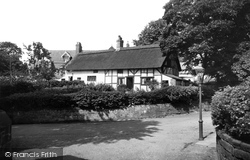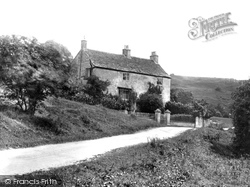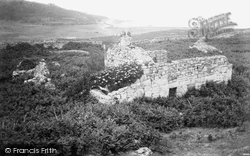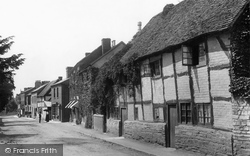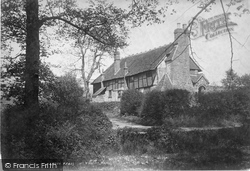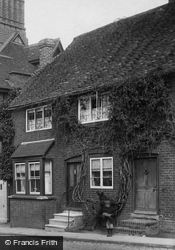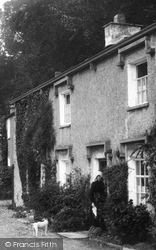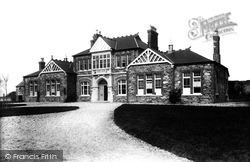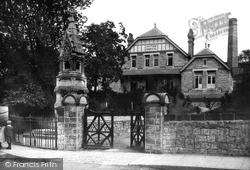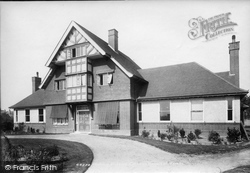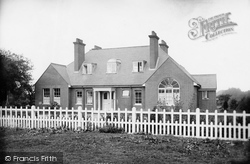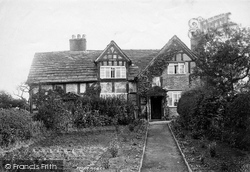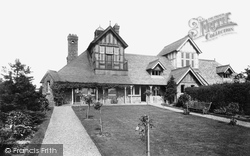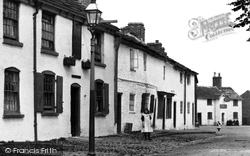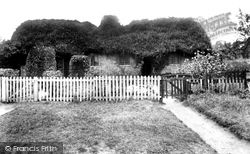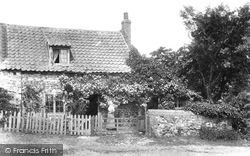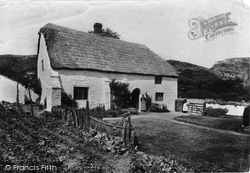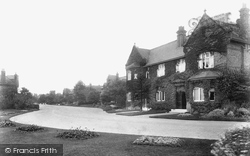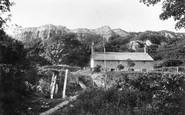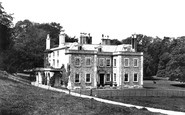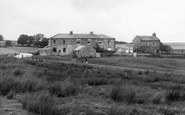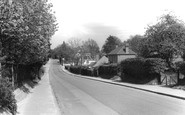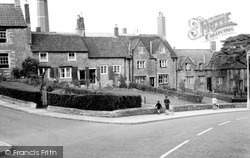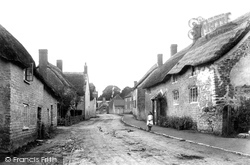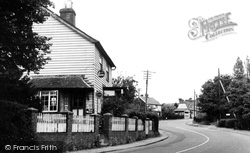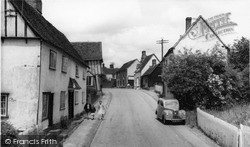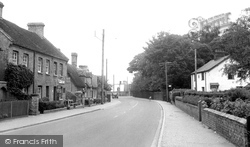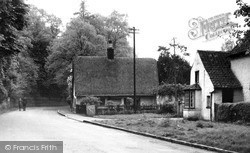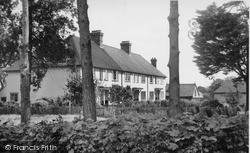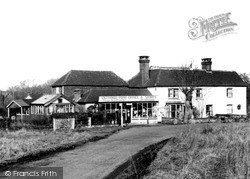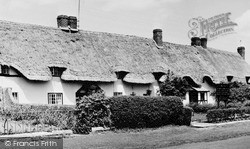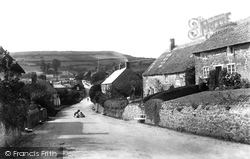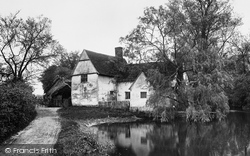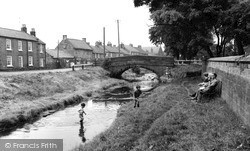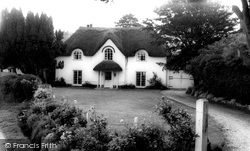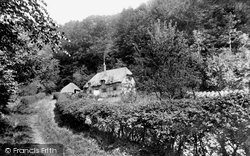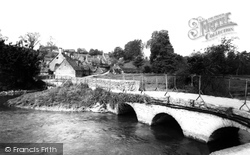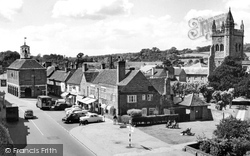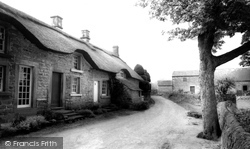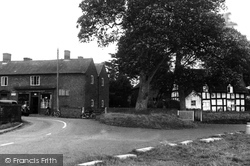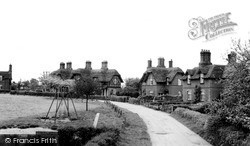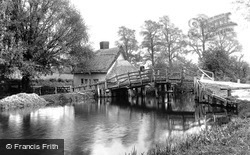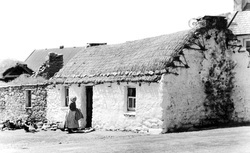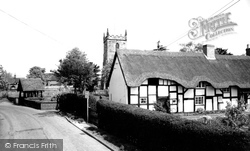Places
6 places found.
Those places high-lighted have photos. All locations may have maps, books and memories.
Photos
2,406 photos found. Showing results 61 to 80.
Maps
41 maps found.
Books
Sorry, no books were found that related to your search.
Memories
2,827 memories found. Showing results 31 to 40.
Living In North Boarhunt 1965 1968
My parents moved to North Boarhunt in 1964/65. We lived at the top of Trampers Lane - sideways to what was then Doney's Garage. Our house was called "Tryfan". I went to Newton Primary School and have very ...Read more
A memory of North Boarhunt in 1965 by
The Slate Islands Easdale
THE SLATE ISLANDS By Walter Deas Some 24k (15 miles) south and west of Oban lies an area with interesting old ...Read more
A memory of Easdale in 2005 by
Evacuation To Combpyne
My sister Margaret and I (nee Rayner) were evacuated to the home and caring of a friend Olive Tuck who had a cottage next to a farm just out of Combpyne. Across the fields where we were allowed to play, was the path to ...Read more
A memory of Rousdon in 1942 by
Growing Up At Coombe Place
My family and I moved to a bungalow at Coombe Place in 1960. My father, Walter Motley, took up the post of farm manager on this 100 acre dairy farm with a herd of Jersey cattle. Coombe Place is set on the side of the South ...Read more
A memory of Offham in 1960 by
Combe Florey Primary School
The village school in Combe Florey closed in about 1958 I believe, it exists as a private house now, but I can still remember the mile long walk to and from it, through the lanes every morning and afternoon. Mum ...Read more
A memory of Combe Florey in 1958 by
Our Home For 30+ Years
Mam and Dad, Lizzie and Edwin Ridley, moved into Slaghill (the cottage on the right of the picture) in 1948 when I was 3 years old. Dad died there in December 1978 and Mam moved up to Chapel Cottages soon afterwards. There ...Read more
A memory of Allenheads in 1948 by
Claremont Aldershot Road
The house on the right hand side of this picture was called Claremont. We lived there in the early 60s. There were two cottages to the side. In one of those cottages lived a girl called Elizabeth Holland, she ...Read more
A memory of Church Crookham by
The Bullen Family In Pirbright
Research has shown that Pirbright was the home for many of my relatives. Edwin Bullen and his wife Sarah resided at White Acre Cottage and 29 Railway Junction was the home of George and Charlotte Bullen. George and ...Read more
A memory of Pirbright in 1880 by
The Abbey Moor Park The Ghost Of Jonathan Swift
I went to Farnham art school in 1968-1971, and at that time, Moor Park was used as a conference centre, available for hire, and inclusive of staff and an elderly chaplain called Dr Bird. As ...Read more
A memory of Waverley Abbey Ho in 1969 by
Camelot Court History
My grandma and grandad moved to Sutton on Sea. They bought a brand new bungalow at Camelot Court, I have photos of the bungalow being built. I have since been left the bungalow and my parents have now also moved to ...Read more
A memory of Sutton on Sea in 1972 by
Captions
2,020 captions found. Showing results 73 to 96.
The house at the end of the 17th-century cottages gives onto Rook Lane. It is now almost hidden from view behind tall hedging and trees with a very secret garden.
Opposite is the Old Cottage (now called the Pound Cottage).
Pump Cottage (in the middle of our photo) was—as the name suggests—the source of the village's water-supply. It dates from about 1860. The well pre-dated the cottage by a decade.
Many of the houses have attractive pargeting, including Butlers Cottage on the right of the picture. The leaning timber-framed house on the left is known as Tudor Cottage.
The small post office occupies a late 19th-century cottage. Next door is a small thatched cottage similar to a number of others in the village.
The small cottage has a longstraw thatched roof with a swept ridge. It is unaltered, and has no dormer windows.
The bakehouse/ granary is seen here as it was after its conversion to cottages in 1812, and before the serving of the 1944 dereliction order.
Bottomley did not pay his bills on time, and sometimes not at all, but he played the role of a genial squire with gusto; besides building estate cottages, he also bred race horses.
The old post office looked across the green towards it - indeed, the cottage next to the shop is called Windmill Cottage (the right-hand half is Forge Cottage).
A fair number of old cottages still line the earliest village streets around the church, but elsewhere any surviving cottage tends to be islanded in a sea of modernity.
The girls are playing outside the Farmery (centre), Japonica Cottage, and Lilac Cottage (right).
Beside the quiet mill-pond at Flatford Mill stands Willy Lott's Cottage, instantly recognisable as the setting for Constable's famous painting 'The Hay Wain'.
Some of the sandstone cottages in the village of Swainby are still known as the Miners' Cottages, remembering the village's brief spell as an iron mining centre during the 19th century.
Seaforth Cottage, a neat and symmetrical Georgian Cottage ornée with rustic porch, would not look out of place on Marine Parade in Lyme Regis.
Described by Edward Thomas the poet, as 'hunching soft' in Lutcombe Bottom, this idyllic scene below Stoner was lost to us in the late forties with the demolition of the cottage.
Here we see the type of tile-hung and weatherboarded cottages which abound in this area. The white fencing around the cottage gardens is very typical of villages in the Weald of Kent.
One of the most picturesque - and most photographed - rows of cottages in the Cotswolds, Arlington Row's first function was a barn.
Until 1939 the buildings on the right faced Church Alley and the backs of ranges of cottages a few feet away, demolished in that year.
These cottages at Thatch End, Baslow, standing near the bridge in photograph No 5217 above, are a Peak District rarity.
A number of late medieval timber-framed thatched cottages remain, such as the one shown here; Magpie Cottage was, and is, a much photographed symbol of the village.
Sir Samuel Morton Peto, the developer of Lowestoft, built these model cottages for his estate workers.
This thatched cottage is called, appropriately enough, Bridge Cottage.
Another scene typical of western Ireland: thatched cottage, hens scratching for food and an island woman with her shawl.
Here we see the black and white cottages of 'Churchside' with their thatched roofs, and the tower of All Saints', dating from the 14th century.
Places (6)
Photos (2406)
Memories (2827)
Books (0)
Maps (41)


